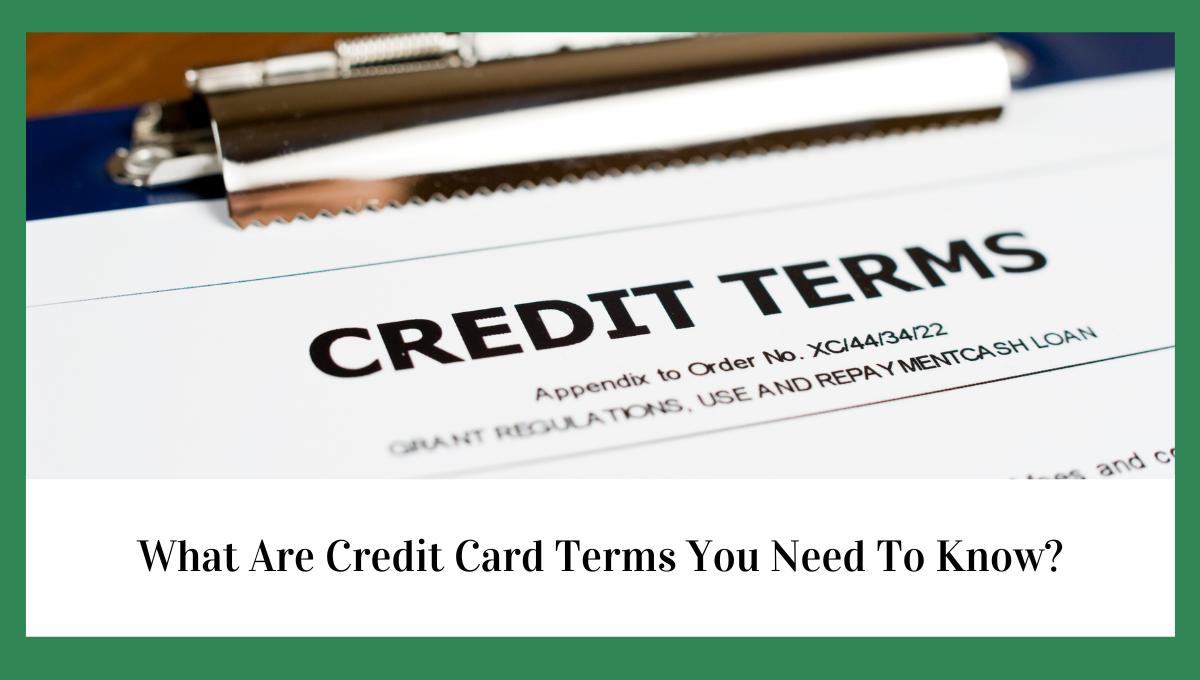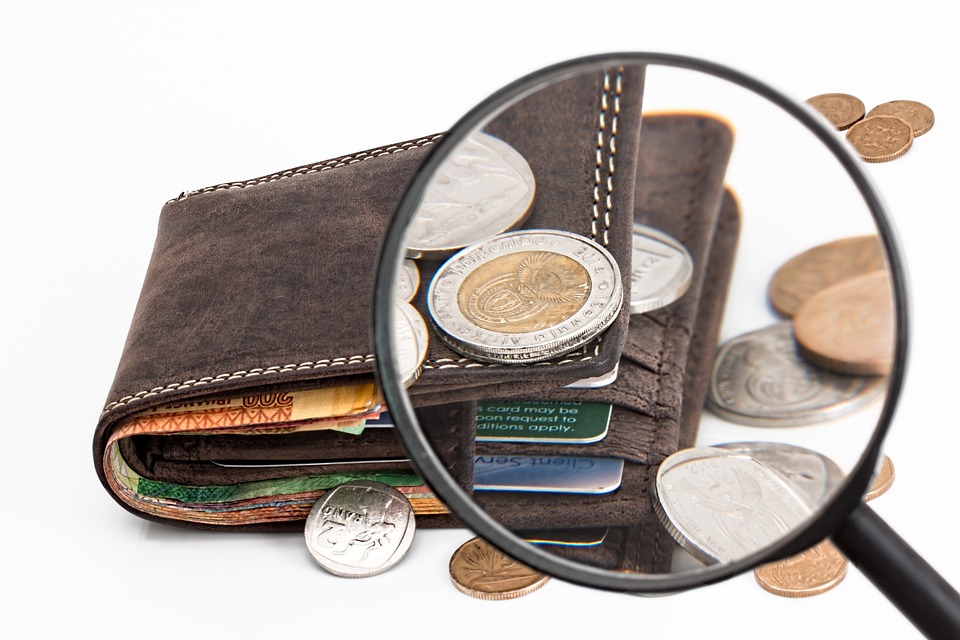
What are the credit card terms you need to know?
Are you looking for a short-term loan or currently applying for a credit card?
Before applying for a credit card or other short- or long-term loan, you need to read this article.
The first step is to familiarize yourself with the terms used in the financial institution, which will equip you with the necessary information needed to manage your credit properly and effectively.
Here are the terms used in a financial institution in regards to credit card issuance and usage.
Annual fee
Charges are paid every year for using the Credit card. It’s charged like a rental payment for keeping your card open and is charged directly to your monthly or annual account statement.
However, some cards don’t come with annual charges, while some with annual fees come with different benefits.
Annual Fees are charged differently from any other interest payment your credit card could accumulate.
They are charged irrespective of the balance on your credit card, but you will be properly notified of all associated annual fees on your credit card when you are applying.
The annual percentage rate for purchases
The yearly credit card cost is charged on purchases made with the balance on your card. Annual (APR) is one of the main Credit card terms to be aware of.
A credit card’s APR represents the loan fee and charges as determined annually.
APR can is used to compare charges for one card to another, and the interest is charged from the day you use the funds.
If you pay your credit card bill in full and on time, then, at that point, you will not need to pay any interest on anything you buy.
When you have a balance, you should pay interest, which will largely depend on your credit card agreed purchase APR.
APR for balance transfers
APR for balance transfer is used as a metric to calculate the charges and interest associated with Moving outstanding debt on one credit card to another, normally a new one, which is calculated annually.
Card balance transfers are normally utilized by buyers who need to move the amount they owe to a credit card with lower special interest charges and better advantages.
Some credit card issuers don’t charge APR on the balance transfer amount, while some even allow charges-free transfers from 8 months to 16 months.
However, to enjoy the available introductory APR and the grace periods, you must pay for the new purchases and the balance due on the amount transferred.
Balance transfer fee
When you transfer your unpaid credit card debt balance from one card to another, the new card issuers will offset the balance to the former company.
The new card issuer generally charges interest from the day the sum is moved to the new card when there is no interest-free period.
Balance transfer fees are normally fixed and with charged by credit card organizations.
The fees are usually between 2% and 3% of the amount transferred or fixed charges, which must be lower than $10.
Balance transfers permit borrowers to avoid interest rates by making payments within a short period, thereby saving money when using the credit card.
APR for cash advances
If you are anticipating a cash advance from a credit card, there are several ways to reduce your expense. Most credit cards charge a fee or a rate, whichever is more.
Credit card advance expenses incorporate both direct front charges and interest. Direct front charges are generally flat rate charges or a percentage of the cash advance, whichever sum is more noteworthy.
Most cards don’t offer an elegant period for loans. The interest payment starts when the loan is posted to your card, and there is no grace period.
For most credit cards, the advance APR is fundamentally higher than the APR for purchase. Cash advance interest rates regularly range from 17.99% to 29.99% APR.
There are different APRs for a different type of cash advance; check with your lender to see what you should be expected from your credit card.
Cash advance
The bank or credit lender deals with a cash advance as short-term loans. Accordingly, you’re charged with interest from when you took the cash advance or applied for the balance transfer.
A cash advance is a type of credit offered by many credit lenders. It’s a short-term loan. The borrower can get cash or a cash equivalent as a rule up to 20% or 30% of the accessible credit limit on the card.
A few cards will permit you to pull out half or a greater amount of your accessible credit limit.
The cash advance can be accessed at an ATM if your credit card has a PIN; you can also get it from the credit lender of your card or by writing an access check to your lender with the next payday date.
However, there are alternatives to a cash advance that doesn’t attract high interest like borrowing from friends and families or taking out a personal loan.
Cash advance fee
Credit card cash advances frequently come with various fees, APRs, and terms.
Most organizations charge a fixed interest or a percentage of the transaction for cash advances. A few banks will change the amount because of how you access the money.
Some credit card issuers frequently charge a cash advance charge, which is normally 3% or 5% of the aggregate total amount of each cash advance you demand. For instance, a $250 loan with a 5% expense will cost you $12.50.
Be that as it may, the fees aren’t the main cost of a cash advance. The transaction also comes with interest.
This is not quite the same as the premium on ordinary balances because it begins gathering interest promptly without an option of the period.
Minimum interest charge
A Minimum interest charge is a month-to-month credit card interest that a buyer might be charged, assuming that the balance due on the card is low to such an extent that they would owe interest charges under the minimum for that billing cycle.
Credits cards come with different cash advance fees, late payment fees, and fees for late payments.
To know the details fee associated with a credit card, the borrower should study the consumer credit agreement very well.
However, most credits card have a minimum interest charge of $1. Consequently, this minimum charge possibly kicks in when a borrower conveys a small outstanding balance.
Foreign Transaction Fee
A Foreign Transaction Fee is a fee imposed by a financial institution or bank on a customer who uses their card to purchase foreign land or currency.
Foreign transaction fees on Card transactions are somewhere between 1% and 3% of the purchase amount.
However, not all credit card issuers charge their customers for foreign transaction costs, and some offer waivers to incentivize certain customers to use their cards.
The fee is typically applied to card purchases made in foreign currency while on tour. However, they can likewise apply to purchases made online from your nation of origin where the seller is in a foreign country and processes the exchange in its local currency.
Late fee
When you miss your payment deadline, the credit card issuers will not report you to credit bureaus (if within 30 days) but will charge you a late fee for missing your payment due date.
Although this might affect your credit scores, it can also lead to an increment in interest or be charged for penalty APR.
However various cards might charge various fees, but the most unnecessary late fee on average is around $36.
Many credit card organizations charge late payment fees. But in some cases, some don’t, for specific cards.
Make sure you do your research and due diligence for any credit card before applying to ensure you don’t end up paying charges you didn’t expect.
Transaction fee
When a customer pays for something utilizing a credit card, the business is charged a transaction fee.
It’s not straightforward to pin these charges on certain businesses because few businesses make money on the same transaction at different stages during the process of the transaction.
The business taking the payment needs to pay two sets of transaction fees.
The percentage charged on each transaction will largely depend on so many variables, including the kind of credit card utilized, who has given the card, what’s being purchased, and how much the transaction and the volume.
Billing Cycle
A Billing Cycle is a timeframe between the last payment date and the next. Most financial instruments that require regularly scheduled payments, like student loans, credit cards, and car loans, have billing cycles.
For credit cards, although it varies among credit lenders. The billing cycle is usually between one billing and another, which usually ranges between 28 to 31 days.
During your billing cycle, any purchase, credits, and finance charges are posted charge into your account for it to be added or deducted from your balance.
You will be charged for all outstanding charges at the end of your credit card billing.
Account Agreement
The term Account Agreements is the terms and conditions agreed upon by the credit lender and the card users regarding the use of the credit card.
The agreement spelled out the interest charges, APR, and debt repayment pattern.
You’ll most likely get a copy when you open an account and may likewise demand one through the customer care office of the financial institution.
Final Thought
In personal finance, financial literacy is very important and key to achieving financial goals.
This will not only help you manage your finance better but will also help in become debt-free and financially dependent.
Part of financial literacy is for someone to understand all the terms and conditions associated with the loan or credit card before applying.
Information should be available and analyzed before accepting the loan or credit offers.




















